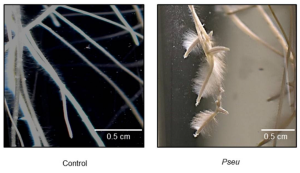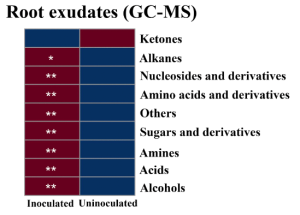“lectibody”, bispecific molecule of a lectin and an antibody scFv, for cancer therapy
A group from Faculty of Biology, University of Freiburg, Freiburg, Germany, etc. has reported about a lectibody recruiting cytotoxic T lymphocytes while simultaneously binding to tumor-associated antigen on cancer cells as a new modality for cancer therapy.
https://www.ncbi.nlm.nih.gov/pmc/articles/PMC9733292/
The lectibody was realized by conjugating an anti-CD3 single-chain antibody fragment to the B-subunit of Shiga toxin. The tumor-related glycosphingolipid globotriaosylceramide (Gb3) expressed on malignant cancer cells can be selectively recognized by the B-subunit of Shiga toxin (which is a kind of lectin), and the CD3 receptor on T cells can be targeted by the single chain variable fragment (scFv) OKT3 as the anti-CD3-binding molecule.
To show the proof of the concept, two human colon adenocarcinoma cell lines HT-29 and LS-174 which express different abundance of Gb3 antigen were targeted with the lectibody. The HT-29 cell line expresses a high amount of Gb3, in contrast, the LS-174 cell line expresses very low or no amounts of Gb3. As shown below, it was demonstrated that the killing activity strongly correlates to the abundance of the Gb3 antigen at the surface of the target cells.







